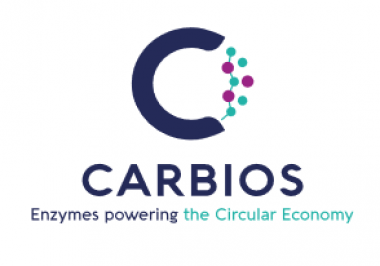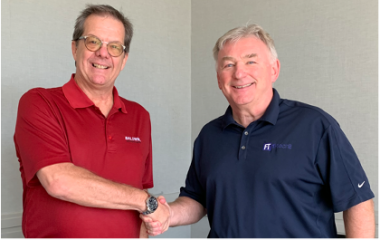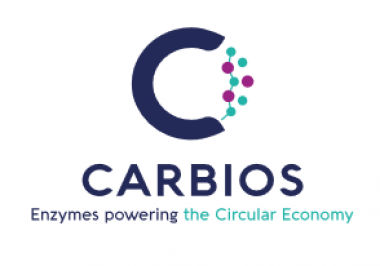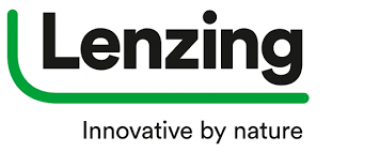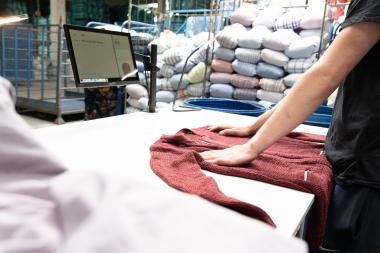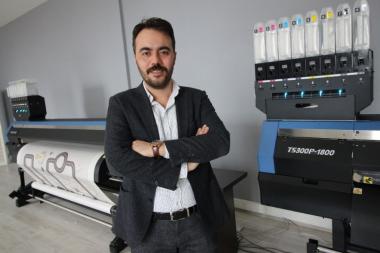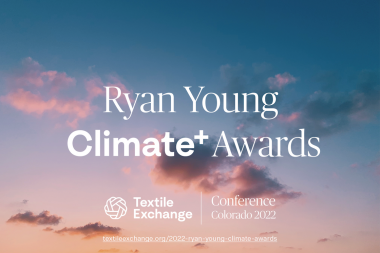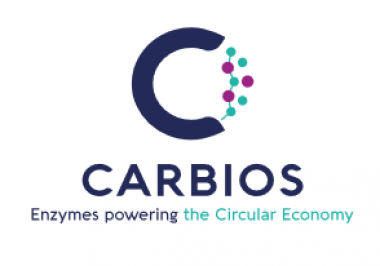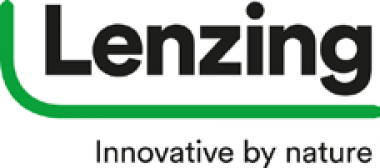Carbios appoints Pascal Bricout as Chief Strategy and Financial Officer
Carbios announced the appointment of Pascal Bricout as Chief Strategy and Financial Officer and a member of the Company’s Executive Committee.
Mr. Bricout will oversee the management and organization of Carbios’ Finance division. He will also steer the Group’s Strategy, investor relations and the launch of the company’s Corporate Social Responsibility policy. He joins the company with over 30 years’ experience in finance, strategy and international mergers and acquisitions.
Prior to joining Carbios, Mr. Bricout served as Chief Financial Officer for Michelin in Asia, which is a major area of growth and development for the company. Over the past 10 years, he has focused primarily on major strategic mergers and acquisitions.
Mr. Bricout holds a Master Degree in Finance from Université Paris-Dauphine. He began his career at PwC, as a manager in the International Transactions Services teams in Paris and London.
Mr. Bricout, Carbios’ Chief Strategy & Financial Officer noted: “I am thrilled to be joining Carbios and proud to take part in this concrete, meaningful advance toward circular economy. Having developed unparalleled breakthrough technologies in plastic and textile biodegradation and biorecycling, Carbios now needs to execute a successful industrial and commercial phase. This is crucial for companies using PET to achieve, from 2025, their sustainable development goals. Within this dynamic context, Carbios and its subsidiary, Carbiolice, are poised to become global leaders in the development and industrialization of innovative bioprocesses to revolutionize the life cycles of plastics and textiles.”
Carbios


